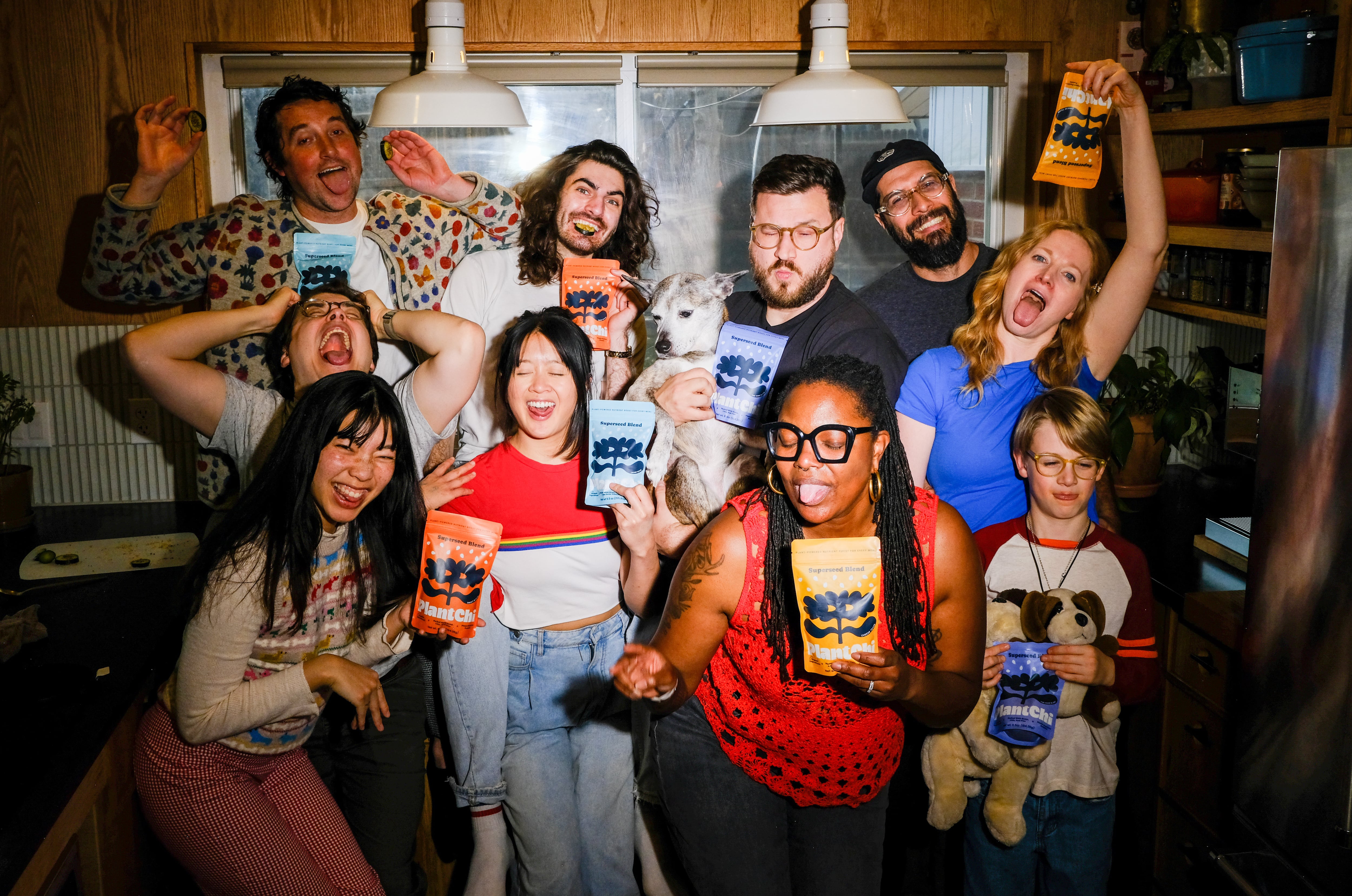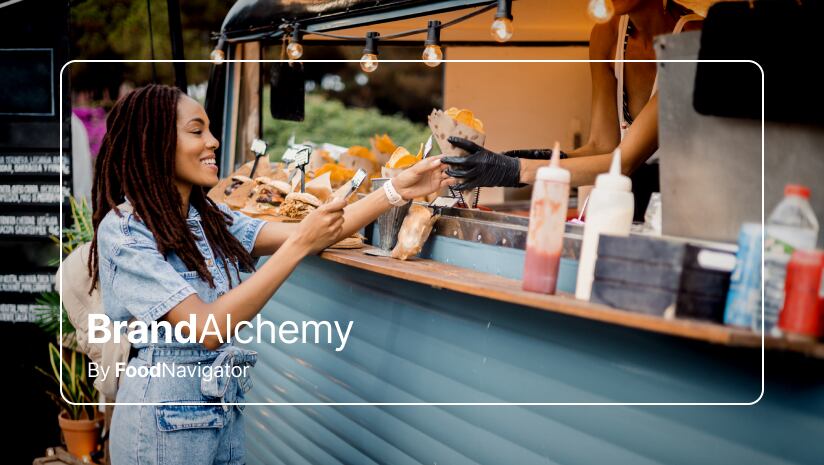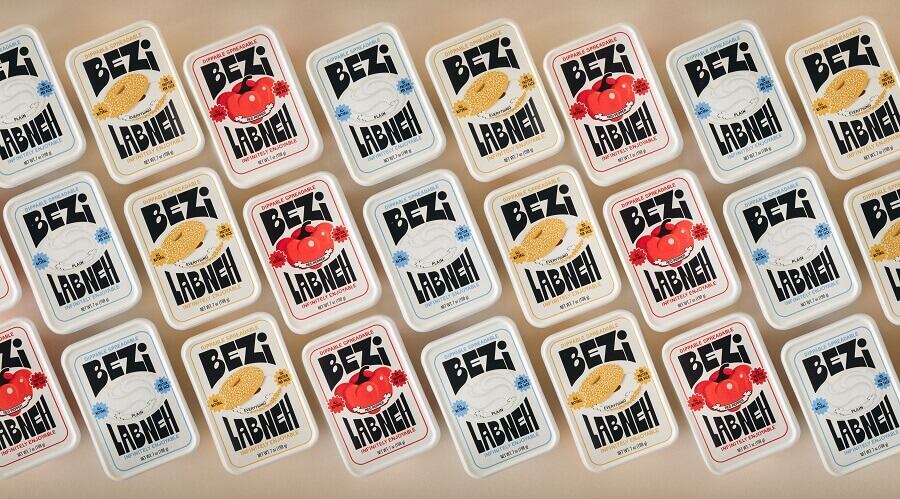A seamless digital experience can make or break a brand, according to Samantha McClure, director of marketing at Cro Metrics, who says brands can optimize their digital experience for higher conversions by mapping the customer journey to identify drop-off points.
Many brands create a strong presence on social media, but when customers visit their website, the experience feels disconnected, McClure said.
Websites are a brand’s most controlled environment to build trust, yet many fail to align messaging between platforms, she said.
To improve this, brands should identify friction points causing drop-offs by mapping the customer journey.
“If they are all coming from a social media platform, are they coming from different people or pages on TikTok? Or are they coming from influencers and your pages or ads? And based on that, what are they expecting to get when they get to your website and then what are you giving them?” McClure explained.
Welcome to Brand Alchemy
Brand Alchemy is a monthly multimedia series from FoodNavigator-USA that delves into the art and science of transforming products into brands. In this series, we explore how strategic design, compelling marketing and creative packaging shape CPG products into lasting impressions that resonate with consumers and drive sales. Check out previous episodes here:
- How can sustainable media buying lower carbon emissions and costs for brands? The internet contributes nearly 4% of global emissions annually – on par with the airline industry – and online advertising alone accounts for 20% of that impact. Founder and CEO of Boa Avril Tomlin-Hood explains how brands can approach their media buying that reduces their carbon footprint while boosting visibility.
- How brands are turning influencers into storytellers: In an exclusive interview with the American Egg Board and Pacific Foods, this episode explores how their partnerships with influencers — Olympic breakdancer Sunny Choi and celebrity chef Matty Matheson — leverage their unique personalities to create relatable campaigns that boost brand awareness.
- From pop-ups to purchase: Turning foot traffic into brand loyalty: RJ Hottovy, head of analytical research at Placer.ai explains how pop-up stores offer more than just temporary exposure — they’re a valuable strategy to build brand loyalty, gain deeper insights into audiences, and drive sales across both physical and digital channels
Smaller brands can benefit from reaching out to one-time customers who did not repurchase – offering a small incentive to learn what worked and what didn’t, she added.
Language and themes used by influencers and ads also should align with the landing page experience, McClure noted. A mismatch can hurt conversions, while a seamless transition can significantly improve ROI.
In a case study, a mid-sized CPG brand refined its landing pages, boosting conversions by 27% and turning negative ROI campaigns profitable, she added.
Personalization should be a gradual process
Brands often want to jump straight into hyper-personalization, but this can backfire, McClure said. Instead, they should start with segmentation-based A/B testing to understand what resonates with different audience groups.
“I would recommend focusing on that strong data foundation, so making sure that you have pixels on your website that are firing correctly, that you’re able to track click transactions, and that the data is clean. If the data isn’t clean, your personalization isn’t going to be either,” McClure stated.
A stepped approach allows brands to understand their audience before diving into full-scale personalization, she added.
“Starting on that data layer, if you feel really good there, I would recommend moving into a small testing program versus personalization” by testing call-to-action language and A/B testing headlines, McClure advised.
“You are still going to say ‘OK, I’m going to test headlines for this type of audience. It is more segmentation than personalization but you are personalizing for an audience segment,” she said.
McClure continued: “The reason we recommend that kind of stepped approach is because if you dive right into a one-to-one hyper personalization, there is actually a chance that you could do more damage than good because you don’t actually understand what the audience or person wants.”
Once brands have a “base layer” understanding of their audience, they can move into broader personalization where they look at macro elements like location and behavior, she said.
AI’s impact on branding and marketing
AI-generated content is flooding the market, making authenticity more valuable than ever. At the same time, AI can serve as an efficient jumping-off point for connecting with audiences, McClure said. The influx of AI content can be a “good thing for some smaller brands” to build organic traffic and then leverage authentic connection on social platforms to drive people to their site, she added.
“Can you utilize your email and your SMS in a little less automated way that gives that authenticity from the brand itself? Just being authentic and being a person behind a brand is really going to get people to stand out,” McClure said.



